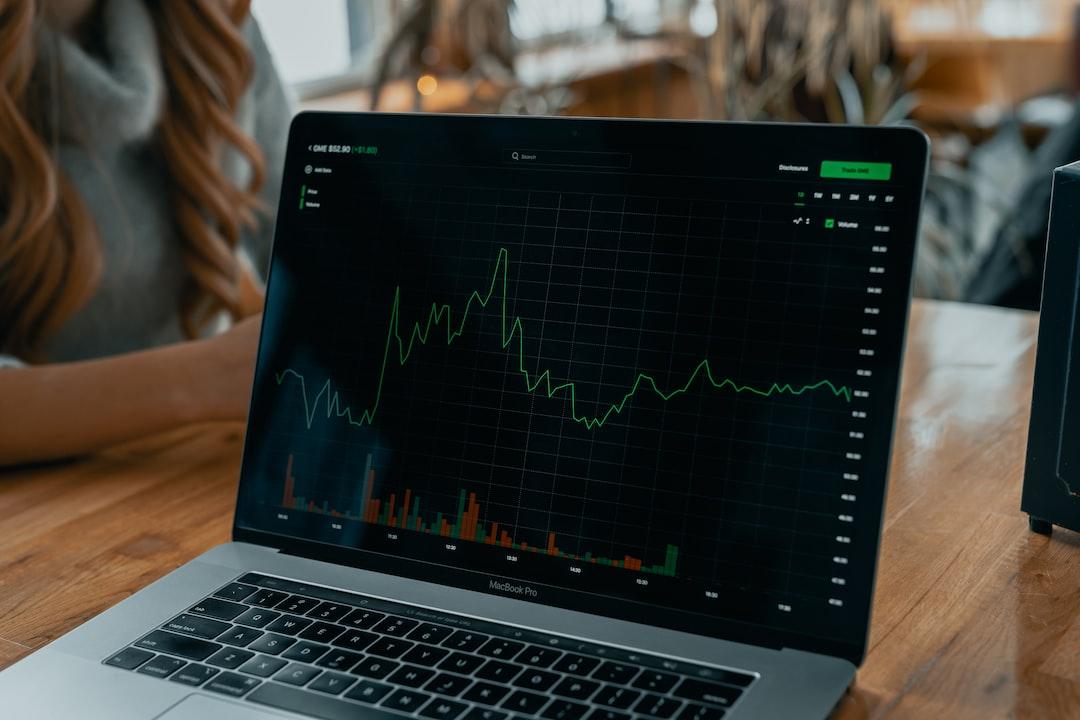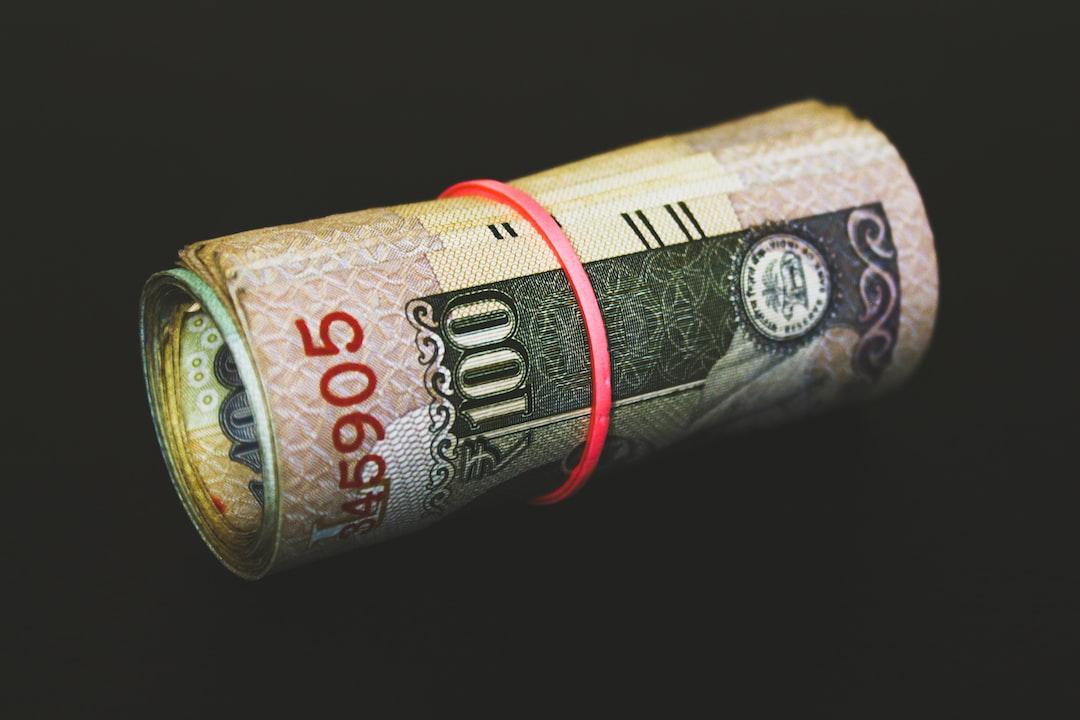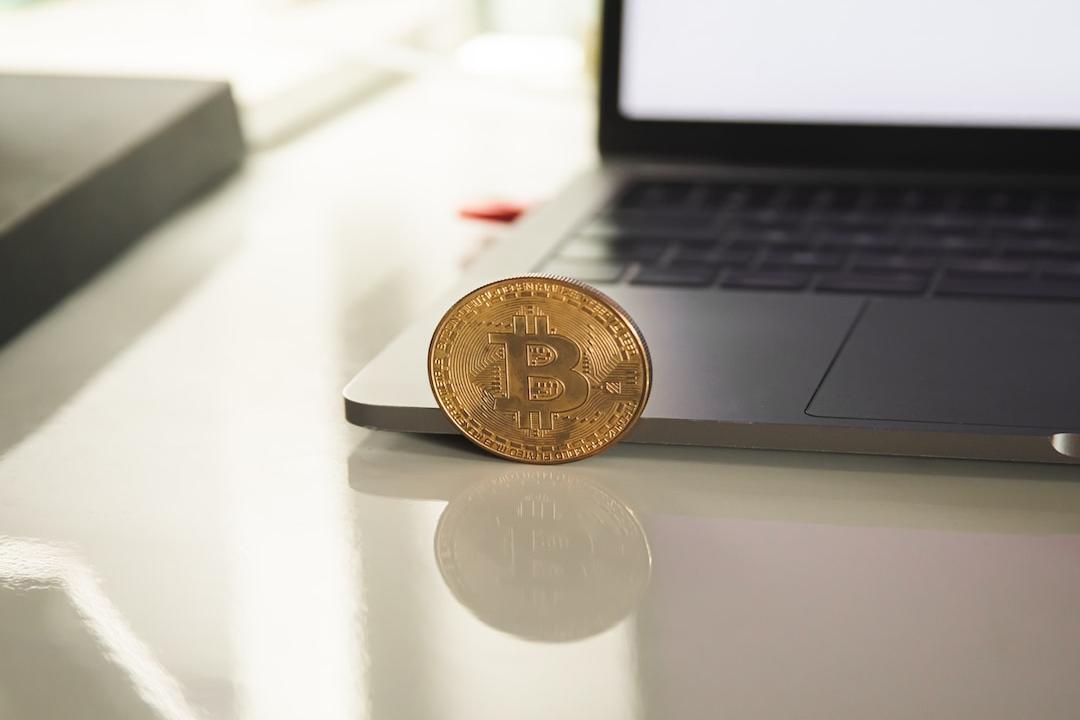The following is a guest post by Anil Oncu, CEO of Bitpace.
Since its inception in 2020, the European Union’s Markets in Crypto-Assets (MiCA) regulation has shed a new light on the European crypto industry. While many have considered the continent a less important player, the fledgling regulation has introduced a new narrative—one where Europe paves a new path for crypto rather than trailing behind the US or Asia in blockchain innovation. MiCA, and the standards it sets, might be the push companies need to deliver better products for all.
Delivering these standards is not without its speedbumps. Earlier this month,
Coinbase announced
it would delist stablecoins from unauthorized providers by the end of 2024 to achieve MiCA compliance. The delisting would affect assets like USDT, the largest stablecoin by current market cap. Tether’s response? A statement promising to introduce a “technology-based solution” to overcome MiCA compliance challenges.
This seemingly vague response hints at something critical. Companies can deliver compliant solutions that are more secure, efficient, and stable. They just haven’t yet. With the implementation clock ticking, it is only the beginning of witnessing how MiCA will catalyze a better European crypto industry.
Is MiCA the New GDPR?
Emerging technologies and regulators have often had a contentious relationship. Keeping up with constant evolution is daunting, and it is impossible to introduce effective regulation without industry consultation.
MiCA closely parallels the introduction of the General Data Protection Regulation (GDPR) in 2016. In response to changing digital advertising and internet practices, the GDPR set a global benchmark for data privacy, forcing companies worldwide to comply with Europe’s rigorous standards or face stiff penalties. Despite early skepticism, GDPR has become the de facto standard for data security. MiCA has the potential to do the same for crypto-assets.
The new framework could be a complete game-changer for the industry in the EU, with compliant stablecoins being able to provide to the whole of the EU crypto market, transcending the current disconnect between separate individual licensing in different countries. A trend of compliance will likely emerge from other coins, leading to boosted cryptocurrency participation across many industries.
Making Sense of MiCA
Regulation and licensing are nothing new in the finance world. Strict regulation and consumer protections underpin today’s banking, payments, and asset servicing. Thanks to its borderless and decentralized nature, Crypto does not face the same regulatory scrutiny. But that does not mean legal considerations should fall by the wayside.
MiCA stands out as one of the most
comprehensive digital asset regulations
to date. It aims to solve some of the issues plaguing crypto’s public reputation: crime, bad actors, and misinformation, among others. Under MiCA, crypto providers must inform investors about risks like scams and volatility. It also encourages sustainability by mandating companies to disclose the environmental impact of their operations.
A more transparent and climate-conscious crypto sector does not come with many downsides. The same holds true for MiCA’s stablecoin regulations, but what has taken providers so long to make these changes?
More Stable Stablecoins
MiCA asserts that stablecoin issuers must be fully transparent about their reserves to protect consumers and investors. This is a significant step forward for the stablecoin market, where questions about transparency and solvency often overshadow potential benefits. Regulating stablecoin providers will force an answer to these probing questions.
Tether’s upcoming solution is a prime example of MiCA-driven evolution. By focusing on a “technology-driven approach,” Tether is likely aiming to deliver a safer, more sustainable, and more secure product than what exists today in the European market. This was not driven by a sudden altruistic desire for improvement but by the necessity to comply with MiCA’s stringent requirements. Stablecoin providers have always had the potential to innovate. However, until MiCA, there wasn’t sufficient regulatory pressure to push them in that direction.
Circle, the second-largest stablecoin by market cap, has already heeded the call and obtained a
French e-money license
in July 2024. The company has a strong history of compliance. Its USDC reserves are backed by cash or bonds, and many see its KYC and AML standards as the gold standard. With MiCA, it’s not just market competition that will drive similar efforts from Tether. Regulation is forcing a “do-or-die” moment that will benefit the entire industry.
This idea of a more stable industry through stringent regulation means we could see more traditional businesses and industries participate in crypto-services in the not-too-distant future. It has the potential to increase competitiveness by attracting investment, talent and companies to the crypto industry, and become a huge opportunity for economic and technological advancements for the EU.
MiCA Goes Global
MiCA sets the stage for more effective regulation worldwide. Other regions may look to MiCA as a model for their own regulatory frameworks, much as they did with the GDPR. The impact of this EU regulation is not only in its depth but also in its clarity. It starkly contrasts the fragmented regulatory attempts of the U.S. and sets a precedent for crypto companies to operate confidently. Should MiCA be a success, it will pave the way for global regulatory frameworks and can be replicated abroad in other jurisdictions.
MiCA is setting the standard for crypto-asset regulation and from here on out, the industry can evolve and grow in a way that was not possible before. As MiCA approaches its full effect date in 2026, we can expect to see safer, more reliable products emerge, paving the way for a more secure and sustainable crypto ecosystem in Europe and beyond.
Mentioned in this article


Tether


USD Coin


Coinbase


Circle
Posted In:
EU
,
Featured
,
Guest Post
,
Op-Ed
,
Regulation
Guest Contributor


Anil Oncu
CEO at Bitpace
Anil Oncu is the CEO and co-founder of Bitpace, with 25+ years of experience in digital product management. He has a strong background in fintech, eCommerce, and cryptocurrency, driving innovative solutions.
LinkedIn
Editor
News Desk
Editor at CryptoSlate
CryptoSlate is a comprehensive and contextualized source for crypto news, insights, and data. Focusing on Bitcoin, macro, DeFi and AI.
@cryptoslate
LinkedIn
Email Editor
Ad


SimpleFX 10th birthday: the decade of online broker

Ad


CryptoSlate on X
x.com/cryptoslate
Follow us on X for your essential dose of daily crypto news and deep dives.
Follow @cryptoslate
Ad
Latest
EU
Stories


EU watchdog urges stricter cybersecurity rules for crypto platforms amid rising attacks
Regulation
5 days ago
The European Securities and Markets Authority has proposed stronger cybersecurity mandates amid $1.5 billion crypto theft surge.


Tether CEO slams Italy plan to increase capital gain tax on Bitcoin to 42%
Taxes
5 days ago
Crypto users said they would consider leaving Italy due to the high tax regime.


Deutsche Bank, Keyrock partner up to streamline cross-currency operations in digital markets
Technology
7 days ago
Over the past year, Deutsche bank has stepped up its embrace of the crypto industry with notable alignments.


Samara Asset Group shares surge 15% amid push to boost Bitcoin holdings
Crypto
1 week ago
Samara CEO Lowry revealed goals of acquiring as much as MicroStrategy’s Bitcoin holdings.
Latest Press Releases
View All


BEP 341 Proposal: Enhancing BSC Throughput With Consecutive Blocks
Chainwire
3 hours ago


MEXC Partners with Aptos to Launch Events Featuring a 1.5 Million USDT Prize Pool
Chainwire
6 hours ago


Limited-Edition $DOG Plushies to Launch on October 19, 2024, Bridging Digital and Physical Collectibles
Chainwire
2 days ago
Disclaimer:
Our writers’ opinions are solely their own and do not reflect the opinion of CryptoSlate. None of the information you read on CryptoSlate should be taken as investment advice, nor does CryptoSlate endorse any project that may be mentioned or linked to in this article. Buying and trading cryptocurrencies should be considered a high-risk activity. Please do your own due diligence before taking any action related to content within this article. Finally, CryptoSlate takes no responsibility should you lose money trading cryptocurrencies.


